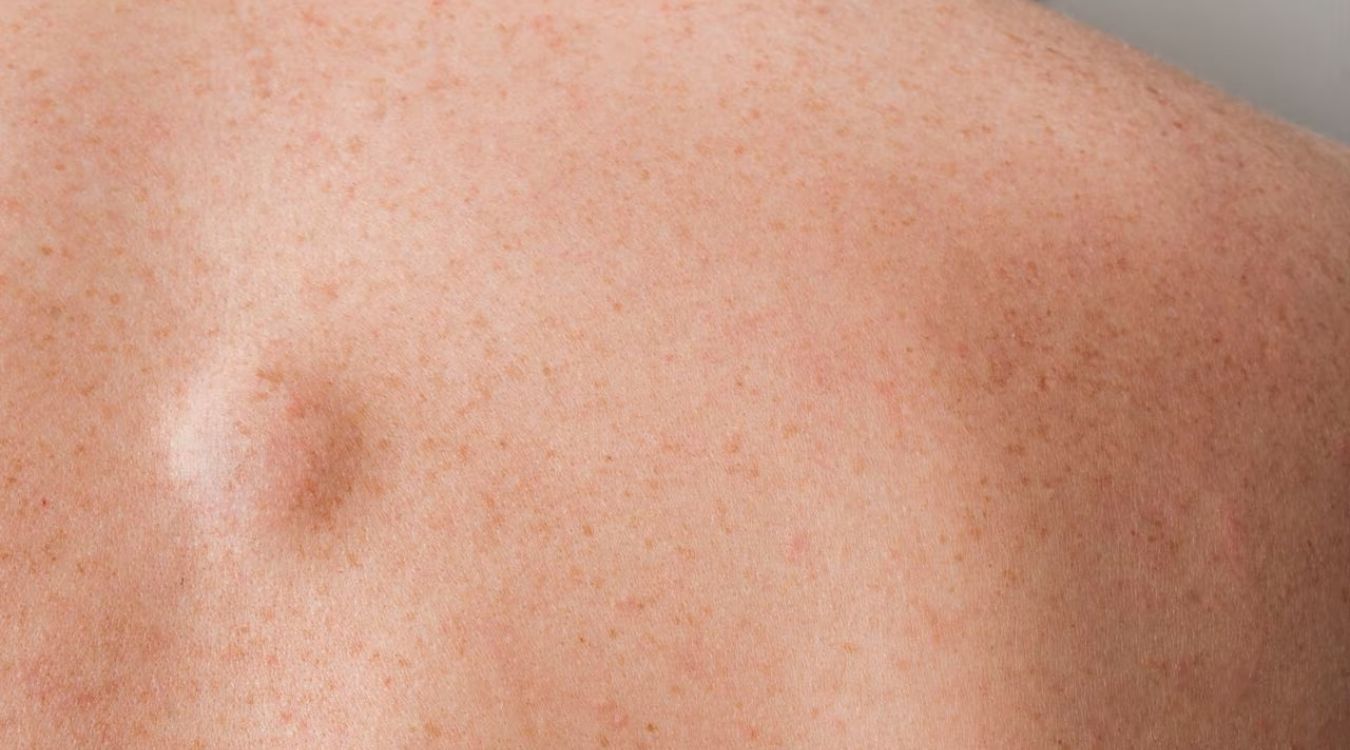
Sarcomas of primary cutaneous origin are rare but serious skin cancers. These tumors start in the skin's connective tissues, like fat, muscle, or blood vessels. Unlike more common skin cancers, they can grow quickly and spread to other parts of the body. Early detection and treatment are crucial for better outcomes. Symptoms might include a lump or bump on the skin that grows over time, sometimes becoming painful. Understanding these cancers can help in recognizing signs early and seeking medical advice promptly. This post will cover 25 essential facts about these unique and challenging skin cancers.
Key Takeaways:
- Sarcomas of primary cutaneous origin are rare skin cancers, with types like DFSP, angiosarcoma, and leiomyosarcoma. Early detection and timely treatment significantly improve prognosis and survival rates.
- Ongoing research and advances in medical science are improving the understanding and treatment of sarcomas, offering hope for targeted therapies and immunotherapy. Support groups are available to help patients and their families cope with the challenges of sarcoma diagnosis and treatment.
What Are Sarcomas of Primary Cutaneous Origin?
Sarcomas of primary cutaneous origin are rare types of cancer that begin in the skin's connective tissues. These tumors can be aggressive and challenging to treat. Here are some fascinating facts about these unique cancers.
-
Rare Occurrence: Sarcomas of primary cutaneous origin are extremely rare, accounting for less than 1% of all skin cancers.
-
Types of Sarcomas: There are several types, including dermatofibrosarcoma protuberans (DFSP), angiosarcoma, and leiomyosarcoma.
-
DFSP Characteristics: Dermatofibrosarcoma protuberans is a slow-growing tumor that often appears as a firm, raised nodule on the skin.
-
Aggressive Nature: Angiosarcoma is known for its aggressive behavior and poor prognosis, often appearing as a bruise-like lesion.
-
Muscle Origin: Leiomyosarcoma originates from smooth muscle cells in the skin and can be quite aggressive.
Symptoms and Diagnosis
Recognizing the symptoms and getting a timely diagnosis is crucial for effective treatment. Here are some key points about symptoms and diagnosis.
-
Early Signs: Early symptoms may include a painless lump or nodule on the skin.
-
Color Changes: Some sarcomas can cause discoloration of the skin, appearing red, purple, or blue.
-
Ulceration: In advanced stages, the tumor may ulcerate, leading to open sores.
-
Biopsy: A biopsy is essential for diagnosing sarcomas, involving the removal of a tissue sample for examination.
-
Imaging Tests: Imaging tests like MRI and CT scans help determine the tumor's size and spread.
Treatment Options
Treatment for sarcomas of primary cutaneous origin varies depending on the type and stage of the cancer. Here are some common treatment methods.
-
Surgery: Surgery is often the primary treatment, aiming to remove the tumor completely.
-
Wide Excision: Wide local excision involves removing the tumor along with a margin of healthy tissue to ensure all cancer cells are eliminated.
-
Mohs Surgery: Mohs micrographic surgery is a precise technique used for certain types of sarcomas, especially DFSP.
-
Radiation Therapy: Radiation therapy may be used before or after surgery to shrink the tumor or kill remaining cancer cells.
-
Chemotherapy: Chemotherapy is less commonly used but may be considered for aggressive or metastatic sarcomas.
Prognosis and Survival Rates
The prognosis for sarcomas of primary cutaneous origin depends on various factors, including the type and stage of the cancer. Here are some insights into prognosis and survival rates.
-
Early Detection: Early detection and treatment significantly improve the prognosis.
-
DFSP Survival: Dermatofibrosarcoma protuberans has a high survival rate, with over 90% of patients surviving five years post-treatment.
-
Angiosarcoma Prognosis: Angiosarcoma has a poorer prognosis, with a five-year survival rate of around 30%.
-
Recurrence Risk: Some sarcomas have a high risk of recurrence, necessitating regular follow-ups.
-
Metastasis: Metastasis, or the spread of cancer to other parts of the body, significantly worsens the prognosis.
Research and Advances
Ongoing research and advances in medical science are continually improving the understanding and treatment of sarcomas. Here are some recent developments.
-
Genetic Research: Genetic research is helping identify specific mutations associated with different types of sarcomas.
-
Targeted Therapy: Targeted therapies are being developed to attack specific cancer cells without harming healthy tissue.
-
Immunotherapy: Immunotherapy is an emerging treatment that uses the body's immune system to fight cancer.
-
Clinical Trials: Numerous clinical trials are underway to test new treatments and improve existing ones.
-
Patient Support: Support groups and resources are available to help patients and their families cope with the challenges of sarcoma diagnosis and treatment.
Final Thoughts on Sarcomas of Primary Cutaneous Origin
Understanding sarcomas of primary cutaneous origin is crucial for early detection and treatment. These rare cancers, originating in the skin's connective tissues, can be aggressive. Knowing the symptoms, such as unusual lumps or skin changes, helps in seeking timely medical advice. Early diagnosis often leads to better outcomes.
Treatment options vary, including surgery, radiation, and chemotherapy. Each case is unique, requiring a tailored approach. Regular check-ups and awareness of personal risk factors, like genetic predispositions or previous radiation exposure, play a significant role in prevention.
Staying informed about the latest research and advancements in sarcoma treatment can provide hope and direction for those affected. Remember, knowledge is power. By spreading awareness and supporting research, we can improve the lives of those battling this challenging condition. Stay vigilant, stay informed, and prioritize your health.
Frequently Asked Questions
Was this page helpful?
Our commitment to delivering trustworthy and engaging content is at the heart of what we do. Each fact on our site is contributed by real users like you, bringing a wealth of diverse insights and information. To ensure the highest standards of accuracy and reliability, our dedicated editors meticulously review each submission. This process guarantees that the facts we share are not only fascinating but also credible. Trust in our commitment to quality and authenticity as you explore and learn with us.
